Country Life Today: The mystery of black squirrels has been solved
Our daily news round-up looks at black squirrels, Paddington Bear coins and a python is spotted in Sussex.
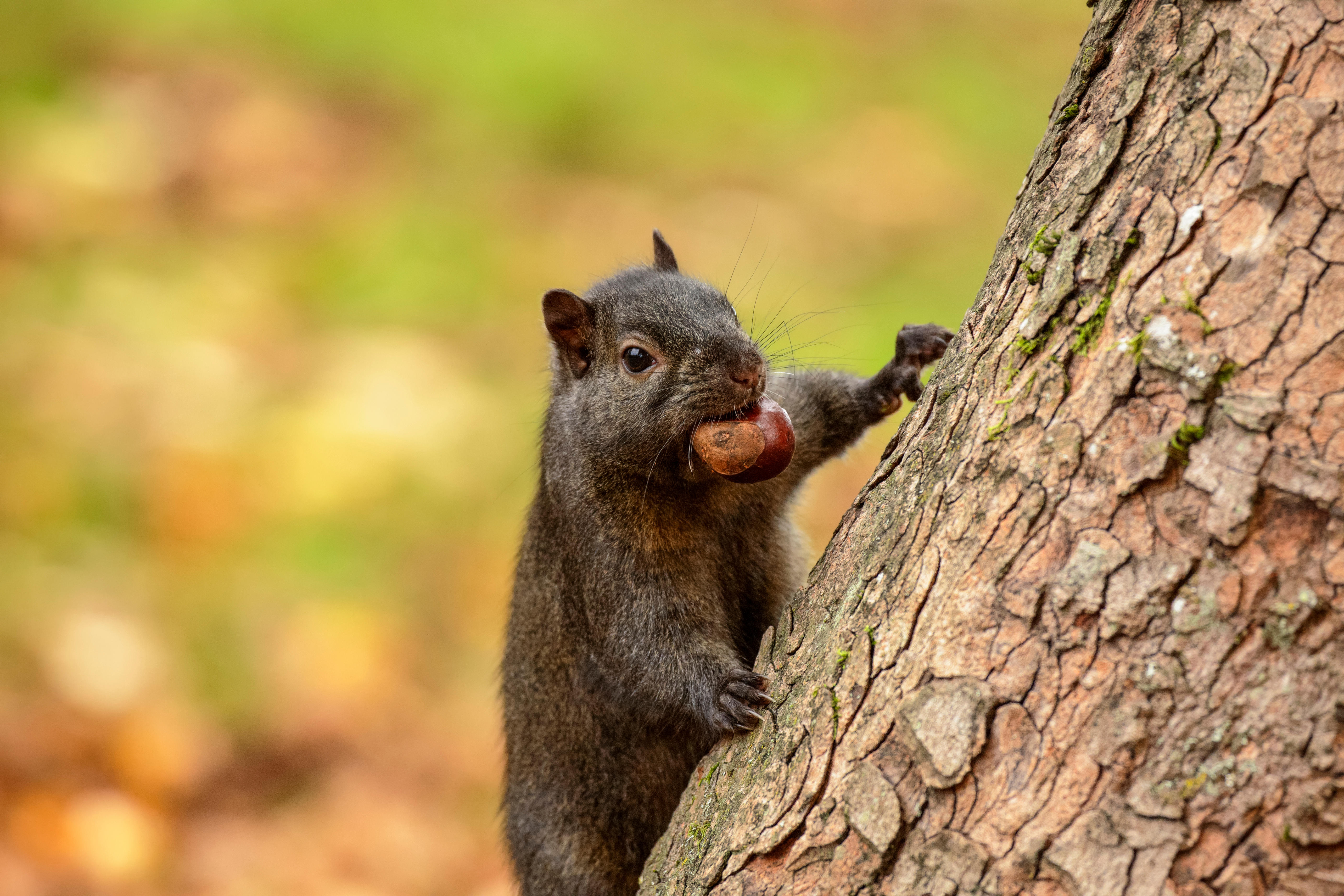

The origins of black squirrels has been figured out at last
Contrary to popular belief, the red squirrel isn't the squirrel with the smallest population in Britain. That dubious honour goes to the black squirrel, first spotted in the wild on these shores in 1912, which has a population of around 25,000.
Unlike the red, it's a non-native species — and a curious one, since scientists haven't entirely sure how they came into existence. Until now: it seems that they're simply grey squirrels with a defective gene.
Scientists at Anglia Ruskin University believe that North American greys mated with fox squirrels, causing a genetic quirk which threw up black fur in a section of the population. Britain's black squirrels are all thought to have come from a single squirrel in a private zoo who escaped and passed on the gene.
Minted! New Paddington Bear coins enter circulation
Two new 50 pence pieces, one of which shows Paddington at the Tower of London while the other is set against the backdrop of St Paul’s Cathedral, have been released by the Royal Mint. Look out for them in your change any day now.
A gold-proof limited edition of the coins is also available for collectors to buy — at a mere £850 each. Full story (BBC)
The shark that wouldn’t give up on dinner
An underwater camera placed by The Alderney Wildlife Trust off the island’s west coast has captured footage of a nursehound shark doggedly working to catch its dinner — the bait placed in the very lobster pot to which the camera was attached.
Sign up for the Country Life Newsletter
Exquisite houses, the beauty of Nature, and how to get the most from your life, straight to your inbox.
On This Day... the Falkland Islands were sighted
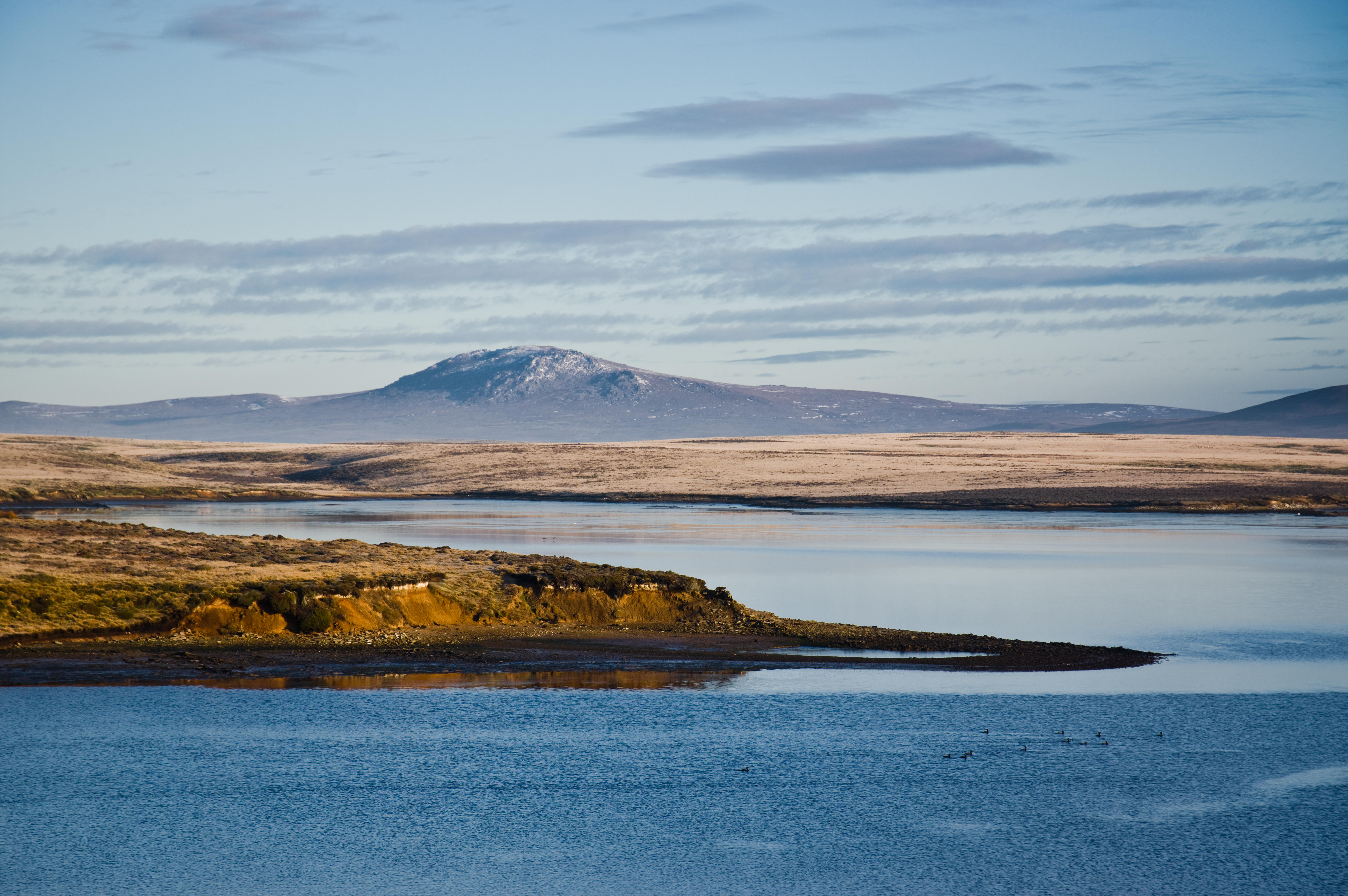
More than 400 years ago, in 1592, English explorer John Davis spotted the Falklands during his attempt to navigate the Strait of Magellan, although it took another 98 years before Captain John Strong actually set foot on the islands’ shore. Read more about the history of the Falklands
Python stalks a Sussex nature reserve
A three-foot long Royal Python is loose in the Sussex countryside. The animal, which may look scary but is not dangerous, was spotted by visitors to the Rye Harbour Nature Reserve.
Staff at the reserve are asking people to keep an eye out for the python because it may not survive the cold season if it’s not found.
Read full article (The Worthing Herald)
The 1,000-year-old mill getting a new lease of life
It's 15 years since Winchester’s City Mill was restored to full working order after a 90-year hiatus — and after being in operation since at least the 11th century (it's mentioned in the Domesday Book) it was probably due a break.
Upkeep for a 1,000-year-old building isn't easy — even with the National Trust behind it — but the old place will soon be rustling up some extra income with a café, following permission being granted from the local authority to put one in this Grade II*-listed edifice. The best part? The café will sell goods baked with flour ground on the premises. How's that for living history? Read full article (Daily Echo)
And finally… why the black soldier fly can save the planet
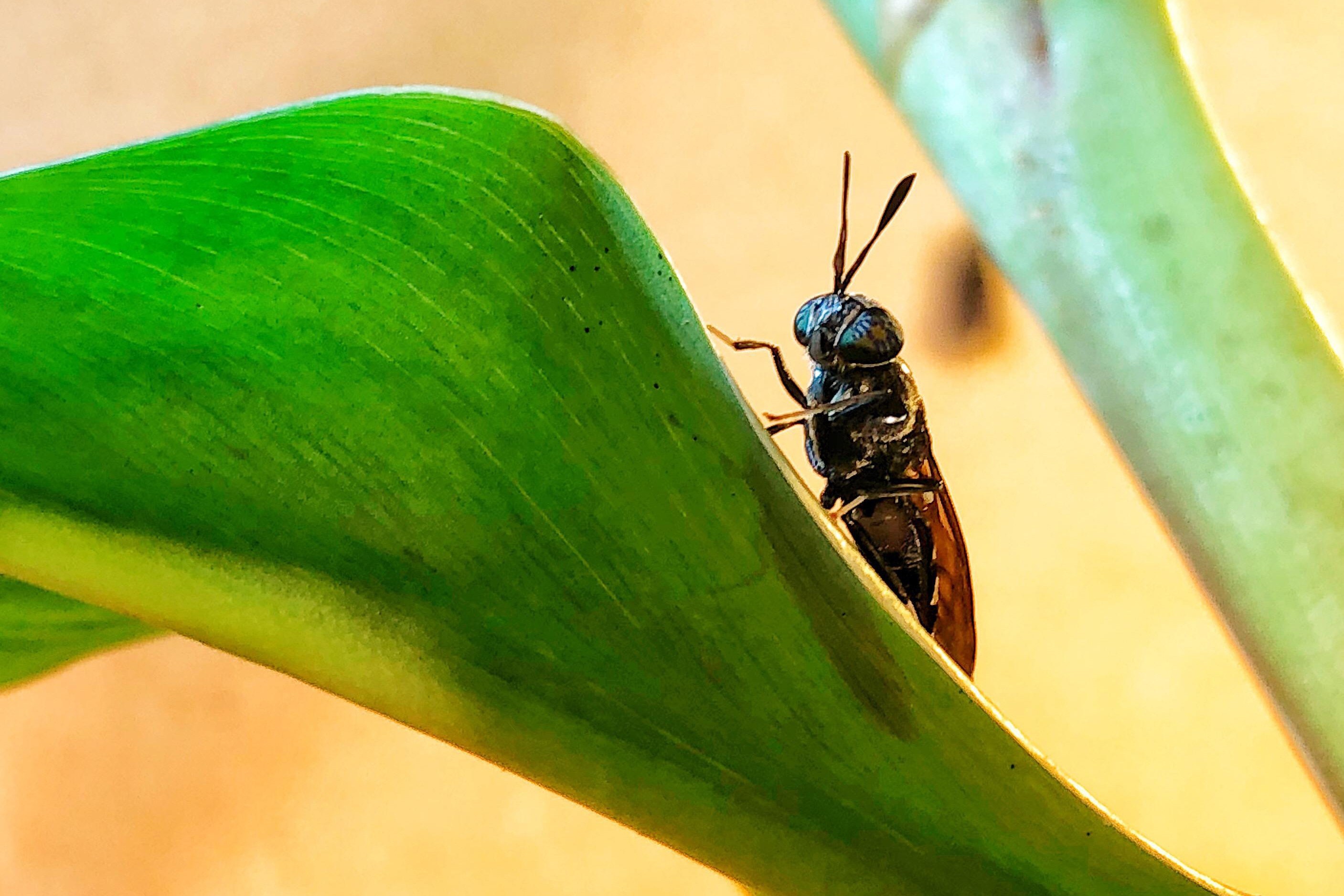
The larvae of this super insect are masters of bio-conservation, eating vast amounts of organic waste and turning it into protein — which can then be fed to fish and poultry instead of more environmentally damaging feeds.
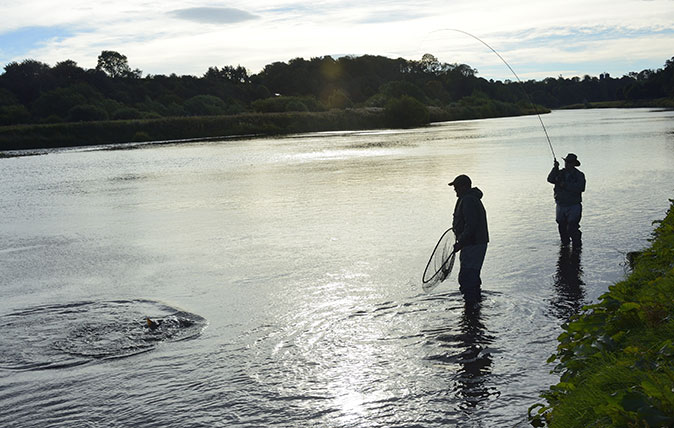
Credit: Glyn Satterley / Country Life
Sporting Life: How to fall back in love with fishing, thanks to a new rod, a borrowed fly and a weekend on the Tweed
After one barren trip too many, our editor Mark Hedges had fallen out of love with fishing. Could a trip
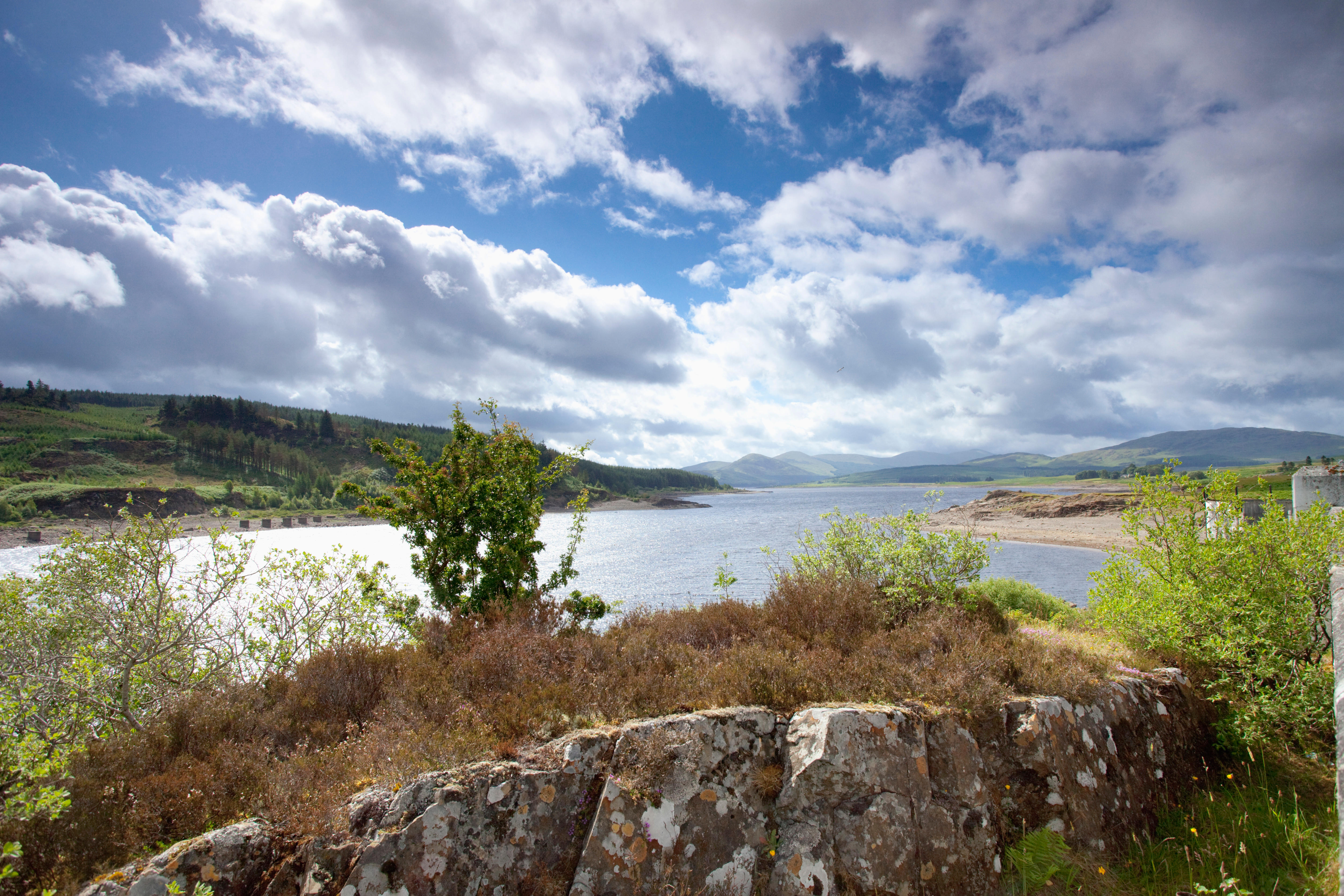
Country Life Today: Nature reclaims an abandoned coal mine, D-Day landmarks get listed status and the £1m Lewis Chessman who spent 50 years in a drawer
This morning we look at an astonishing antique find, how nature is fighting back at 'Scotland's Grand Canyon' and how

Ten stately homes which became hospitals during the First World War
To mark 100 years since the end of the First World War, The Royal British Legion draws our attention back
Carla must be the only Italian that finds the English weather more congenial than her native country’s sunshine. An antique herself, she became Country Life’s Arts & Antiques editor in 2023 having previously covered, as a freelance journalist, heritage, conservation, history and property stories, for which she won a couple of awards. Her musical taste has never evolved past Puccini and she spends most of her time immersed in any century before the 20th.
-
 'Monolithic, multi-layered and quite, quite magnificent. This was love at first bite': Tom Parker Bowles on his lifelong love affair with lasagne
'Monolithic, multi-layered and quite, quite magnificent. This was love at first bite': Tom Parker Bowles on his lifelong love affair with lasagneAn upwardly mobile spaghetti Bolognese, lasagne al forno, with oozing béchamel and layered meaty magnificence, is a bona fide comfort classic, declares Tom Parker Bowles.
By Tom Parker Bowles
-
 Country houses, cream teas and Baywatch: Country Life Quiz of the Day, April 24, 2025
Country houses, cream teas and Baywatch: Country Life Quiz of the Day, April 24, 2025Thursday's Quiz of the Day asks exactly how popular Baywatch became.
By Toby Keel
-
 The brilliant tractor tribute to the NHS from a group of Warwickshire farmers
The brilliant tractor tribute to the NHS from a group of Warwickshire farmersPeople around Britain have been paying tribute to the efforts of our NHS workers at the time of the coronavirus pandemic — but few have been as creative and clever as this one.
By Toby Keel
-
 London's iconic red bus at risk and 6,000 year old chewing gum gives clues into our DNA history
London's iconic red bus at risk and 6,000 year old chewing gum gives clues into our DNA historyCuts to industry subsidies and an increase in fares has left bus use at its lowest point ever, while DNA extracted from ancient 'chewing gum' allows scientists to decipher the genetic code of a Stone Age woman.
By Alexandra Fraser
-
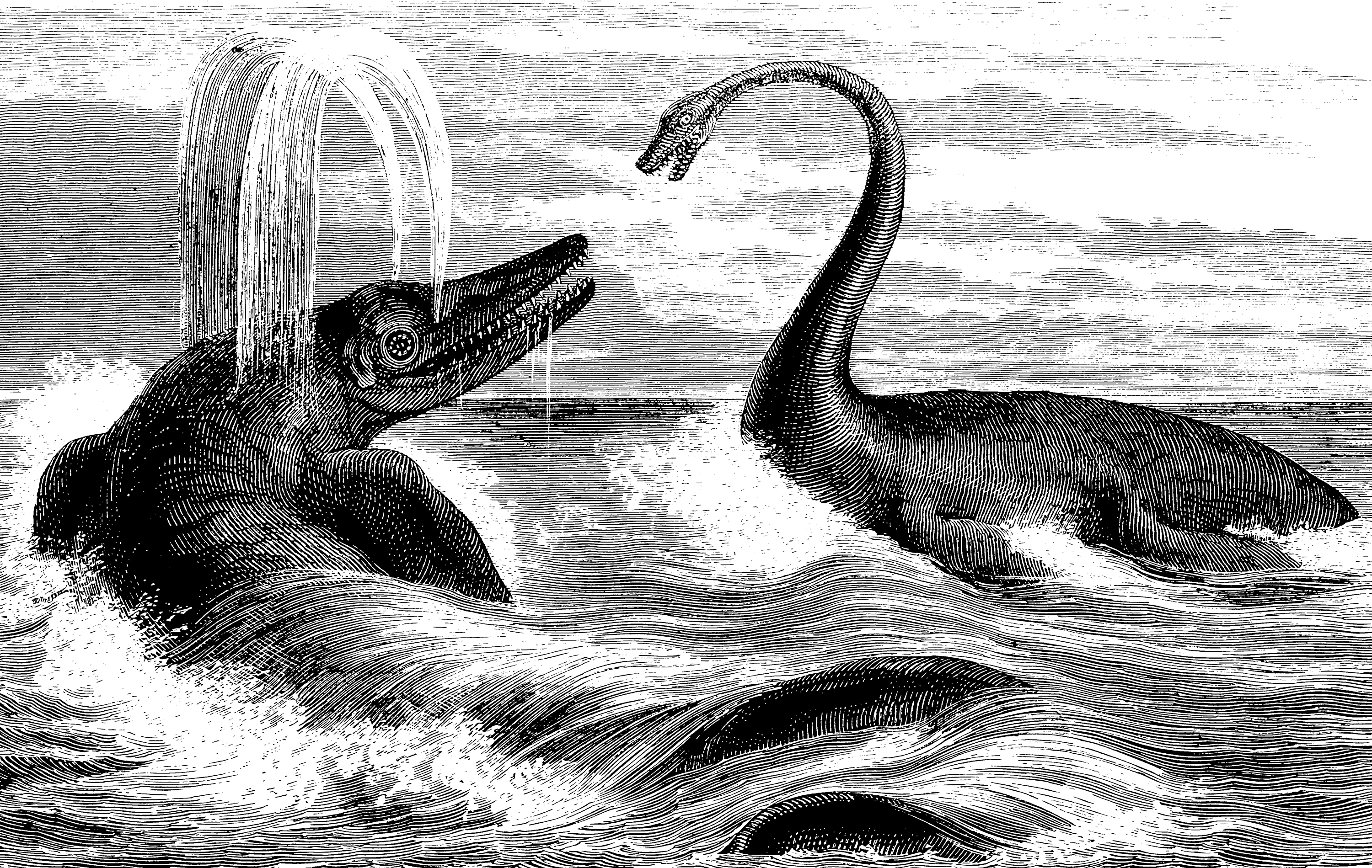 90-million-year-old 'swimming dinosaur' skeleton found by dogs out walking in Somerset, and the nonchalant moths who don't bother fleeing enemies
90-million-year-old 'swimming dinosaur' skeleton found by dogs out walking in Somerset, and the nonchalant moths who don't bother fleeing enemiesA superbly intact dinosaur skeleton — described as being 'museum quality' — has been discovered on a beach in Somerset.
By Toby Keel
-
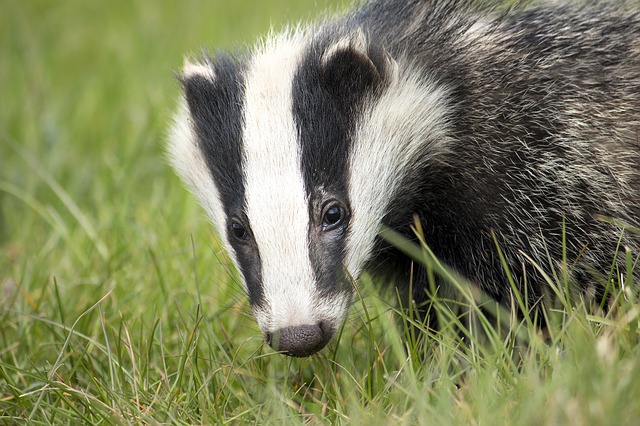 Battle to ban 4x4s from the idyllic Lake District spot bequeathed by Beatrix Potter, eagle fights octopus and the 'snail's pace' climate talks
Battle to ban 4x4s from the idyllic Lake District spot bequeathed by Beatrix Potter, eagle fights octopus and the 'snail's pace' climate talksThis morning we look at Little Langdale's fight for peace, reflect on the climate change talks in Madrid and discover the soundtrack for Brexit.
By Toby Keel
-
 Country Life Today: How Greta Thunberg shifted the dial on climate change — and the backlash shows just how much
Country Life Today: How Greta Thunberg shifted the dial on climate change — and the backlash shows just how muchThis morning we ponder whether Greta Thunberg is the Joan of Arc for the environmental movement, look at a key election — one from 19 years ago — and ponder the marvel of 'dad tidying'.
By Toby Keel
-
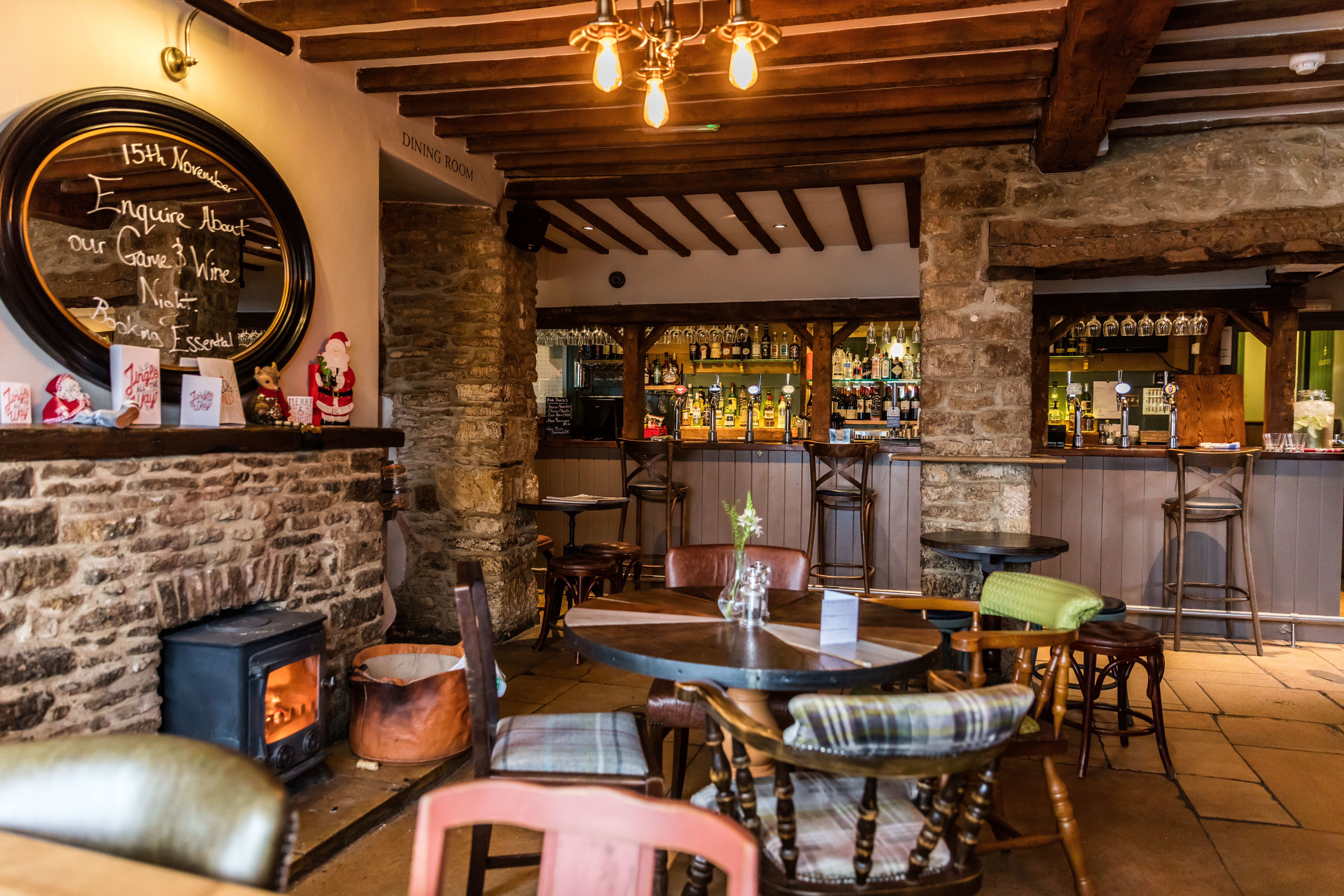 Country Life Today: Great news for those who love our great country pubs — the years of decline are over
Country Life Today: Great news for those who love our great country pubs — the years of decline are overThere is a great sign of health in the pub industry, we look back at Edward VIII's abdication message and fret about Greenland's melting ice.
By Toby Keel
-
 Country Life Today: Spain accused of being 'a deplorable choice' for UN climate conference
Country Life Today: Spain accused of being 'a deplorable choice' for UN climate conferenceA no-holds-barred assault on the Spanish fishing industry, Banksy raising awareness of the homeless and the woes of the Christmas jumper are in today's news round-up.
By Carla Passino
-
 Country Life Today: 'This is perhaps the ultimate wake-up call from the uncontrolled experiment humanity is unleashing on the world’s oceans'
Country Life Today: 'This is perhaps the ultimate wake-up call from the uncontrolled experiment humanity is unleashing on the world’s oceans'In today's round up, we examine why oxygen loss is putting oceans at risk, discover that action to cut air pollution brings almost immediate benefits to human health and find out which bird's arrival marks the start of winter in Gloucestershire.
By Carla Passino